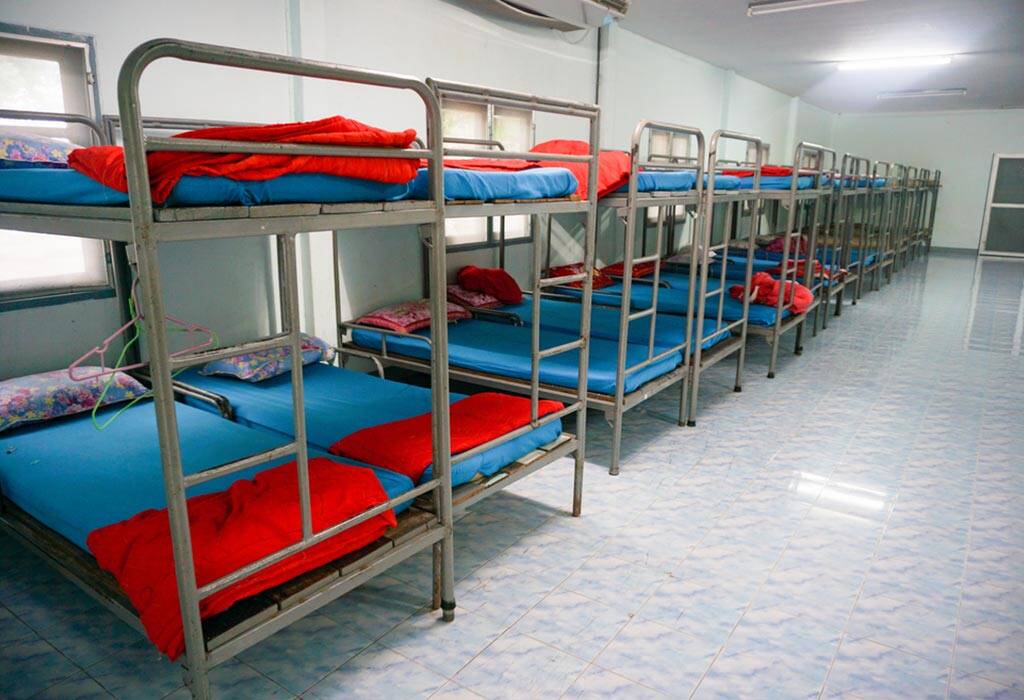New Opportunities – The Basics Of Boarding Schools

For many years now boarding schools have been present in the public mind and in popular culture. It has been a perennial subject among equally popular novels. Many people have read about these schools, and have their own ideas about the nature of boarding schools. Some of these ideas and preconceptions, of course, may not be quite rosy.
Fortunately, these stereotypes are just that: stereotypes. They are usually embellished to exaggeration. In reality, boarding schools come, quite literally, in different shapes and sizes. Each have their own identity, and each are run by people who in turn shape and are shaped by the school’s identity. It is true that many boarding schools have been established for many generations, and have a great and formidable traditional background. These often have a rich history to recommend themselves to parents and society. Others are more have a more contemporary orientation outlined, with more modern visions and missions to be followed and fulfilled.
In Great Britain, the earliest forms of educational establishments date back many centuries. And as the British Empire rose to power in the 19th century, the boarding school system developed and spread. Since many of those in the English upper class served in the military and government overseas, they wanted their children to be educated in England. Thus, the number of boarding schools increased.
While most boarding schools today are considered quite pricey, originally they became popular due to reasons of practicality. Transportation in those times was inadequate for even the wealthiest of families. Even daily travel to and from a local school house could be difficult or impossible for many students. Staying at school, then, was viewed as a welcome solution.
The first boarding school ever established in the United states was West Nottingham Academy, in Maryland, established in 1744. It still continues its operation today. American private boarding schools were patterned after the British schools. Salem Academy, which was founded in 1772, was originally a day school, later on adding boarding facilities.
With emergence of the industrial revolution came the modernization of roads and transport. As a result, boarding schools began to serve more and more students, and acted as a transition ground for entrance to the finest colleges. Many of these secondary schools are still in operation.
Boarding schools have specific goals as well. Some are geared towards specific students, such as intervention boarding schools. These are geared for students who may have behavioral problems that need to be corrected. However, boarding schools in general offer an excellent opportunity to study in new and exciting environments.
